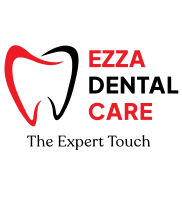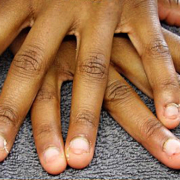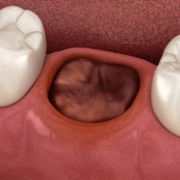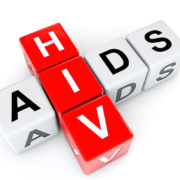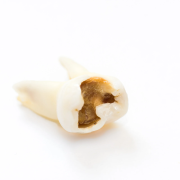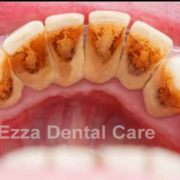Teeth brushing: Techniques and recommended practices for proper teeth brushing
Our lives are made up of a series of habits. We wake up, we shower, we brush our teeth and go about our day, settling into routines that are tailor made for our unique contexts and circumstances and the, we retire to our beds at night. Some people shower, others do not. Some people brush their teeth before they enter their beds, most do not. Today we are going to focus on one of our habits which if done right can drastically improve the quality of our lives. The habit is teeth brushing.
What is teeth brushing and why is it important
Teeth brushing is the process by which one cleans their teeth to remove any food debris and to also dislodge the plaque and eliminate it from the mouth. It is important that one brushes their teeth because if they do not; they can get cavities due to caries, they can get gingival diseases whose presence is indicated by the ever scary bleeding gums and they can also turn heads when they talk because their breath stinks either like their last meal or the fermented version of it.
Materials to use for brushing teeth
When brushing our teeth, we use some appliances and materials which must be in proper conditions if our efforts are to be rewarded with a healthy mouth. We use toothbrushes, toothpaste, interdental cleaning appliances like floss and interdental brushes and mouth rinse. There are options of using a manual toothbrush or an automated tooth brush with the automated brush having an edge over the manual ones in terms of efficiency. The tooth brush must have bristles that are firm: neither too soft nor too hard. It must be replaced every three months or earlier in case the bristles are permanently bent. An overused toothbrush cannot effectively clean the teeth.
What to consider while choosing toothpaste to use
When choosing toothpaste, it is useful that one pays attention to the contents in each of the many varieties on the shelves. The toothpaste one uses should contain fluoride, which plays a role in preventing development of caries in the teeth. There are toothpastes with high concentrations of fluoride and these must only be used in case they are prescribed by the dentist. Toothpastes with a high content of abrasives are dangerous because they can result in loss of the tooth substance especially when coupled with rough tooth brushing. Henceforth, whitening toothpastes should not be used for prolonged periods of time.
Techniques for brushing teeth
There are many techniques for brushing our teeth, techniques which have been researched and tried and found to be effective.
1. Bass or Sulcular technique
This is especially useful in removing plaque adjacent to and beneath the gingival margin. The bristles are placed at 45 degrees to the long axis of the tooth towards the gingival margin. The bristles are pushed in the interdental spaces and then the brush is moved either in an anterior posterior motion or in a rotary motion.

2. Stillman technique
The Stillman technique involves brushing using short horizontal strokes on all the tooth surfaces.
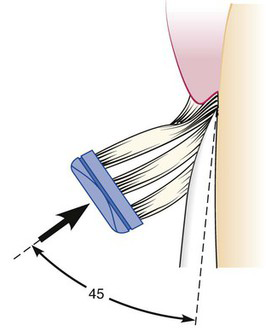
3. Charter technique
This is likely to be recommended in case there are dental appliances in your mouth. It is the opposite of the Bass technique.
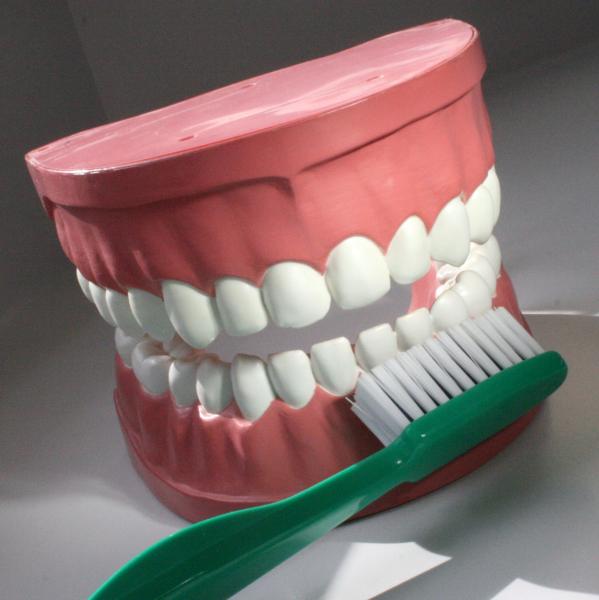
Recommended practices for effective teeth brushing
- All the surfaces in the mouth must be given their due attention when brushing. Start with the outside parts of the teeth, then clean the biting surfaces and then clean the inner surfaces. Gently but firmly brush the palate and the tongue. Take care not to swallow the toothpaste.
- The recommendation after teeth brushing is to spit and not rinse. However, if this is uncomfortable for you, then you can rinse your toothbrush and use it to remove the extra toothpaste in your mouth. The importance of not spitting stems from the protective nature of the toothpaste against caries. This is lost if the mouth is rinsed with large volumes of water.
- Brushing should take a minimum of two minutes. This maybe tedious to count down but you can sing a song to help pass the time, or you could set a timer. Speaking of minimums, the minimum number of times you should brush your teeth is twice, one being right before you go to bed. If you must brush once, then it is better that you brush your teeth at night. This is important because there is decreased salivary secretion at night and hence bacterial activity is at an all-time high.
- Do not brush your teeth with too much force lest the enamel thins and they become sensitive and neither brush immediately after taking fruit juices. Children under seven should be supervised while brushing their teeth and they should use the special children’s toothpaste and tooth brushes. Only a pea sized dollop of toothpaste should be placed on the brush and care must be taken to ensure that they do not swallow the toothpaste. Brushing the teeth of infants should begin immediately they appear because milk teeth are not very strong and hence easily decay. The habit of brushing is also easily ingrained if it is started early.
- To clean the interdental spaces which may not be achieved using a toothbrush, one can use floss. Floss is like a string and is wound around the middle fingers and supported by the index fingers. It is then passed between the teeth in an up and down motion. It should be done gently to avoid causing trauma to the gums.
- Mouth rinses are also available and can be used twice a day, rinsing for at least sixty seconds. These are useful for both protection against decay and also for maintaining a fresh breath. They can be used in the times of the day when one cannot brush their teeth.
Happy brushing!
